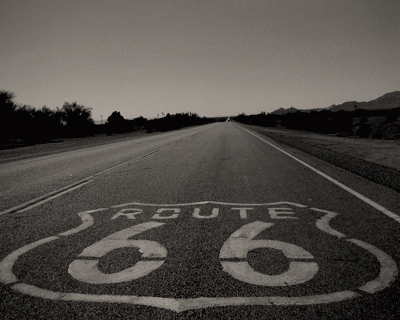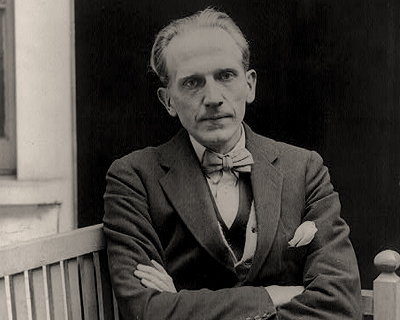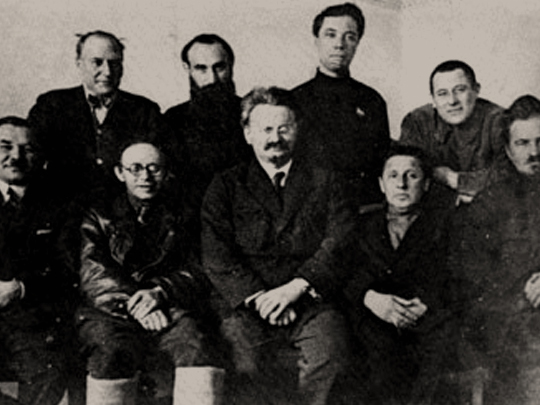Public Domain / CC-BY-SA-3.0 / GFDL
1 – Russian Politburo Throws Out Leo Trotsky & His Followers
Trotsky’s ‘United Opposition’ was repeatedly threatened with sanctions by the Stalinist leadership of the Communist Party and Trotsky had to agree to tactical retreats, mostly to preserve his alliance with Zinoviev and Kamenev.
The opposition remained united against Stalin throughout 1926 and 1927. However, the methods used by the Stalinists against the Opposition became more and more extreme.
At the XVth Party Conference in October 1926, Trotsky could barely speak because of interruptions and catcalls, and at the end of the Conference, he lost his Politburo seat.
In October 1927, Trotsky and Zinoviev were expelled from the Central Committee, and following demonstrations by their supporters, they were expelled from the Communist Party on 12 November.
This paved the way for the mass expulsion of rank and file oppositionists, as well as the internal exile of opposition leaders in early 1928.
Trotsky was exiled to Alma Ata in Kazakhstan on 31 January 1928, before being expelled from the Soviet Union to Turkey in February 1929, accompanied by his wife and his son.
Between 1929 and 1934, most of the leading members of the Opposition surrendered to Stalin, “admitted their mistakes” and were reinstated in the Communist Party.
Almost all of them were executed in the Great Purges of 1937–1938.
2 – Route 66 is Established

U.S. Route 66, also known as the ‘Will Rogers Highway’ or the ‘Main Street of America’, was one of the original highways within the U.S. Highway System.
Route 66 was established on November 11, 1926, with road signs erected the following year.
The highway, which became one of the most famous roads in America, originally ran from Chicago, Illinois, through Missouri, Kansas, Oklahoma, Texas, New Mexico, and Arizona before ending at Santa Monica, California, covering a total of 2,448 miles.
It served as a major path for those who migrated west, especially during the Dust Bowl of the 1930s, and the road supported the economies of the communities through which it passed.
People doing business along the route became prosperous due to the growing popularity of the highway.
The route underwent many improvements and realignments over its lifetime, and it was officially removed from the United States Highway System in 1985 after it had been replaced in its entirety by segments of the Interstate Highway System.
Portions of the road have been designated a National Scenic Byway of the name “Historic Route 66”, which is returning to some maps.
3 – AA Milne’s book “Winnie the Pooh” Released

Winnie-the-Pooh, also called Pooh Bear, is a fictional teddy bear created by English author A. A. Milne.
The first collection of stories about the character was the book ‘Winnie-the-Pooh’ (1926), and this was followed by ‘The House at Pooh Corner’ (1928).
Milne also included a poem about the bear in the children’s verse book ‘When We Were Very Young’ (1924) and in ‘Now We Are Six‘ (1927). All four volumes were illustrated by E. H. Shepard.
The Pooh stories have been translated into many languages, including Alexander Lenard’s Latin translation, Winnie ille Pu, which was first published in 1958, and, in 1960, became the only Latin book ever to have been featured on The New York Times Best Seller list.
